|
Being a nutrition professional often leads to questions about the most recent diet, the latest food trend, or the best meal plans. One common topic that I’m asked about is fish! Should I eat fish? How much? And what type? Let’s take a look at the facts. Health Benefits
What about Mercury?Nearly all fish contain mercury, no matter the source. However, some fish are higher in mercury than others such as king mackerel, shark, and swordfish. Fish low in mercury and high in omega-3 fatty acids (heart-healthy fats) include salmon, sardines, trout, pollock, trout, cod, and haddock. The bottom line? You shouldn’t avoid fish because of mercury - just look for fish that are low in mercury! Wild or Farmed?
Canned Versus Frozen
Always remember to buy seafood from reputable sources and avoid frozen seafood with ice-crystals, which could be a sign of thawing and refreezing. If you are buying fresh fish, it should not have an icy or fishy smell. Check out Seafood Health Facts to learn more about the proper handling and storage of seafood. Things To Keep in Mind
Quick Meal Ideas
Anytime Salmon Patties
Directions:
Nutrition Facts per Serving (2 patties): 220 calories, 20g carbs, 3g fiber, 5g fat, 27g protein, 350mg sodium Creamy Mint DressingDirections:
Nutrition Facts per 1/3 cup serving: 60 calories, 7g carbs, 2g fiber, 1.5g fat, 4.5g protein, 180mg sodium ~Sadaf Ijaz, Dietetic Intern
17 Comments
What is protein? Why do we need it? Protein is a nutrient that is made of amino acids. Amino acids are what make muscle, bone, skin, and hair. Our bodies make some amino acids, but there are several amino acids that our bodies can’t make – these are called essential amino acids. We have to get these through our food!
Benefits of plant proteins Plant protein are packed with fiber and other important nutrients. There has been research that correlates plant-based diets with lower risks of heart disease, obesity, hypertension (high blood pressure), type 2 diabetes, and certain types of cancer.  Amanda getting ready to talk about plant proteins! Amanda getting ready to talk about plant proteins! They're good for the environment, too! Studies have shown that eating more plant foods and less animal foods is better for the environment. As mentioned in Today’s Dietitian, “Diets high in meat increase greenhouse gas emissions from food production and global land clearing, as well as rate of species extinction.” Wallet friendly You definitely get more bang for your buck with plant proteins. Not only are they packed with nutrients, but plant proteins are also very affordable. You can buy a lot more beans, peas, and lentils, for example, than meat when comparing grams of protein. Complete Protein As mentioned before, there are certain amino acids that we need to get through food. Protein foods that contain all of these amino acids are called “complete proteins.” A few plant proteins that are complete proteins are quinoa and soy products. Many of the other plant proteins that you eat are not complete proteins. As long as you eat a variety of different plant proteins during the day, you will easily get all of the amino acids that you need. These foods do not need to be eaten at the same time or even at the same meal! Bottom line You don't have to be a vegetarian or vegan to benefit from plant proteins. Test out the waters by going meatless once per week. Your body will thank you! Below are a few recipes that we prepared at our recent Plant Proteins class at the Verdant Community Wellness Center. Enjoy! ~Leah, Dietetic Intern 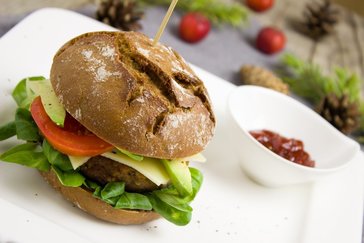 Black Bean Burgers Makes 4 servings Recipe adapted from Allrecipes.com Ingredients:
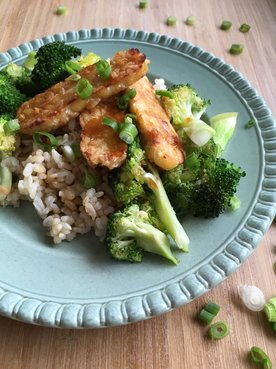 Teriyaki Tempeh Makes 8 servings Recipe adapted from America’s Test Kitchen’s Vegetarian Cookbook Ingredients:
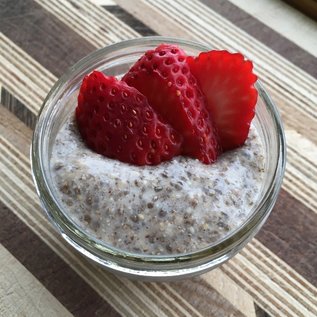 Chia Pudding Makes 4 servings Recipe adapted from Wellnessmama.com Ingredients:
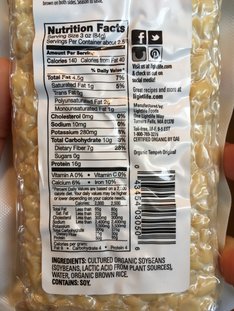 Tempeh is one of those foods that may not be on everyone's weekly grocery list. Often confused with tofu, tempeh is made from fermented soybeans and offers a whole host of health benefits. Let's see why you should incorporate more tempeh into your into your healthy diet.
These tasty tacos are quick to prepare and will be sure to impress! The combination of spices and seasoning pack a punch of flavor that won't leave you missing the meat. You can use whole-wheat flour tortillas or pre-made tostadas in place of the corn tortillas. Enjoy! ~ Lauren, Dietetic Intern
Lauren shared this recipe with me a while back and I finally got around to trying it tonight for our first dinner after returning from a Hawaii vacation. It definitely helped with the post-vacation blues and took me back to the Island at least in flavor. I also love the various textures and colors in this easy and quick dinner option. Give it a try and let us know what you think. With Aloha - Megan
|
SD BlogA place for our consultant Registered Dietitian Nutritionists (RDNs) to share nutrition science, yummy and healthy recipes, tips on seasonal ingredients, and other nutritional musings. Enjoy! Categories
All
Archives
May 2024
|

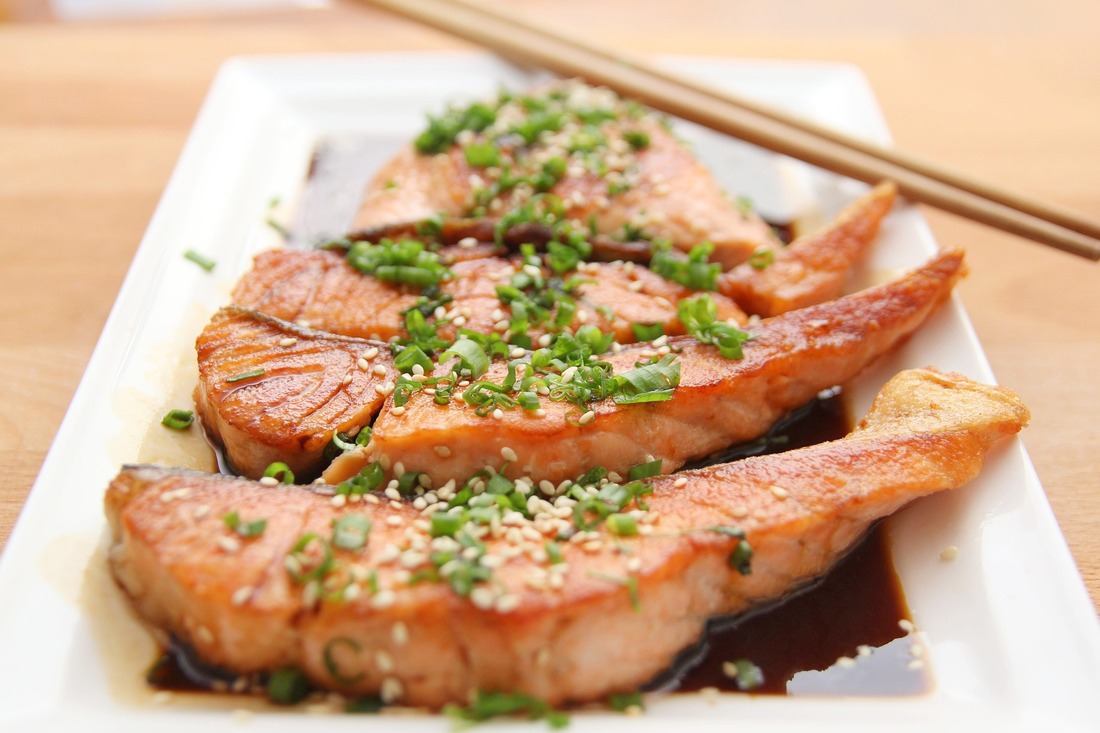


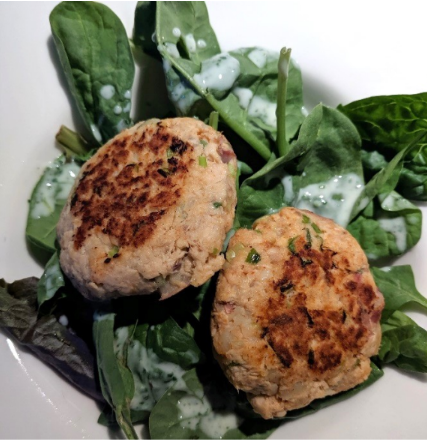
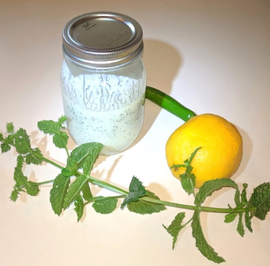
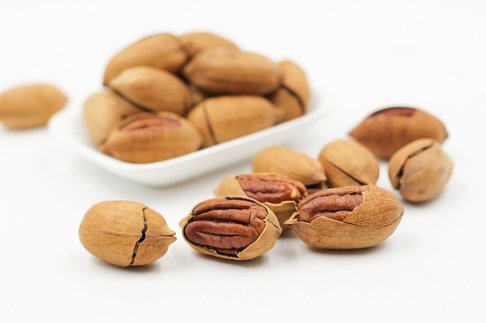
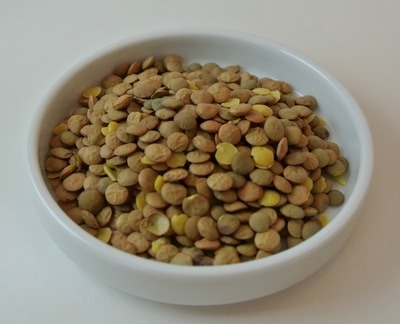
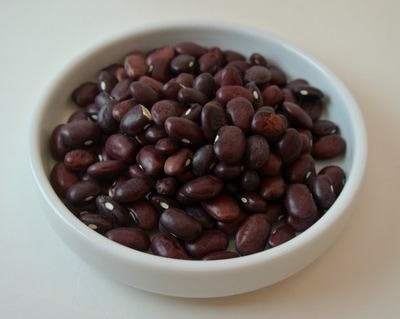
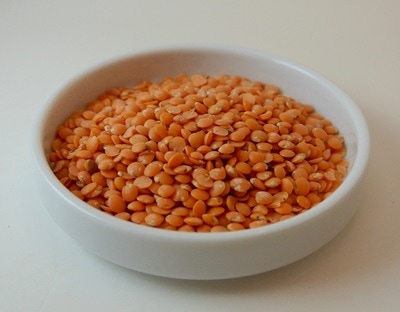
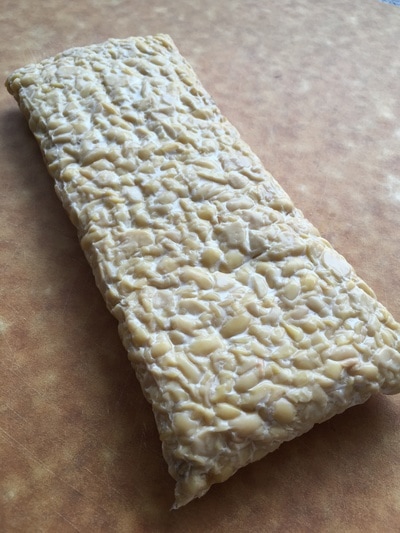
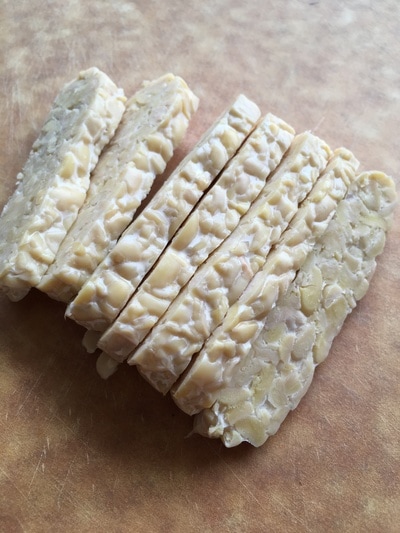

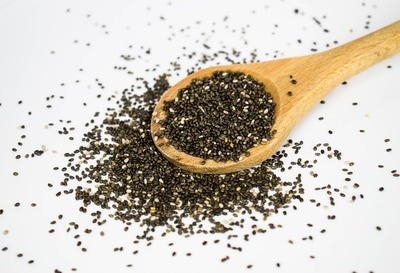
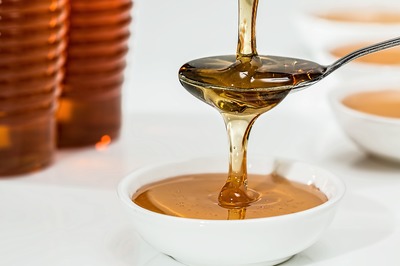
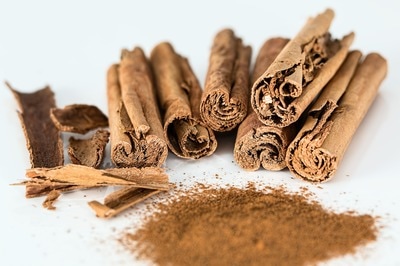
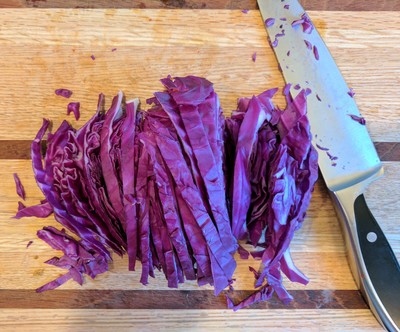
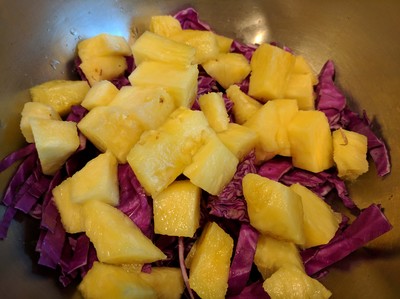
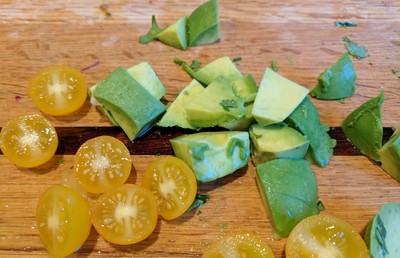
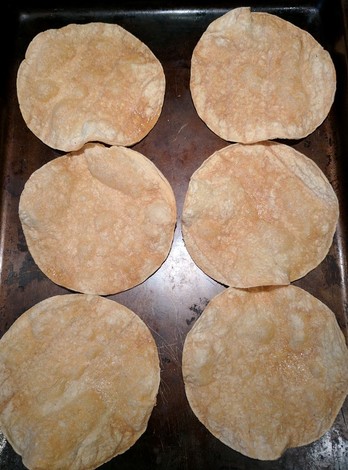
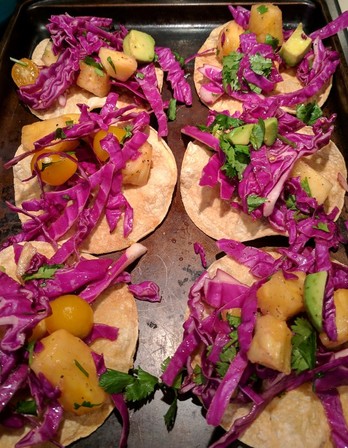
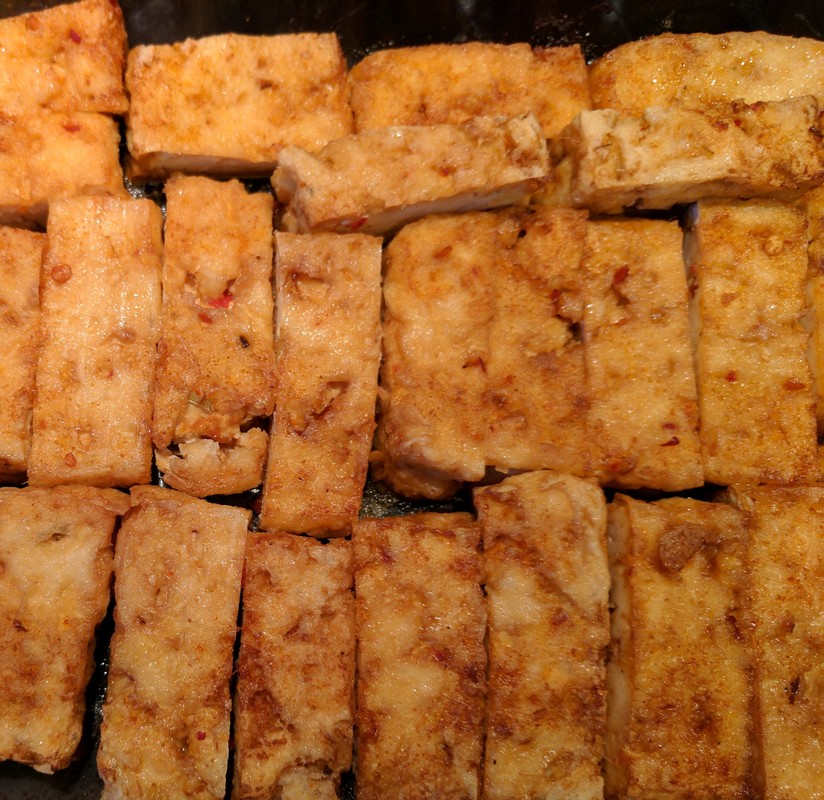
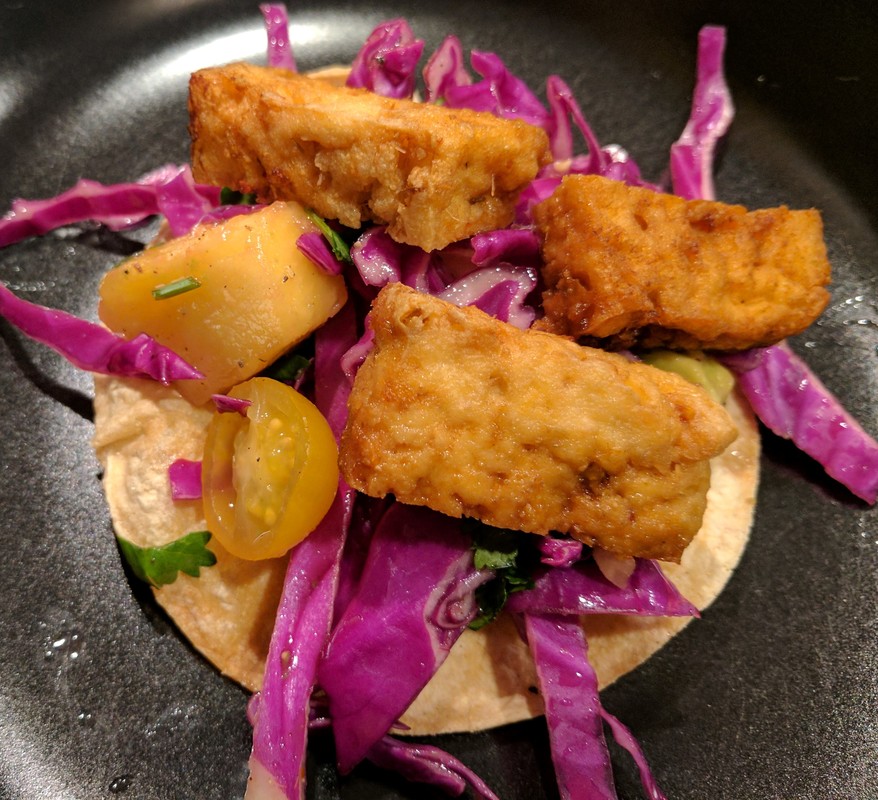

 RSS Feed
RSS Feed